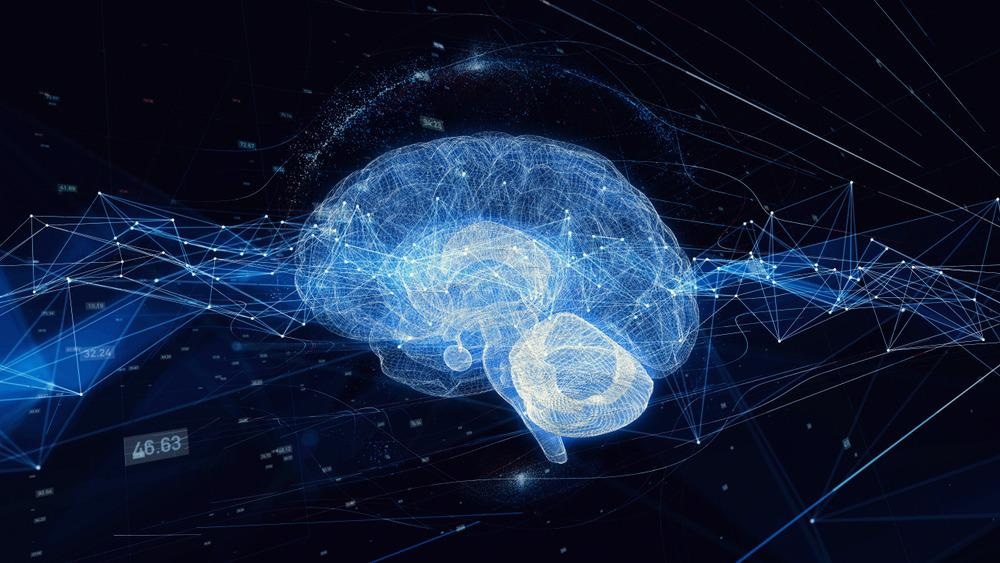A method to combine Deep Taylor Decomposition (DTD) and Deep Convolutional Neural Networks (DCNNs) to determine nano-sized modifications in cementitious composites is presented in a study published in the journal ACS Applied Nano Materials.

Study: Revealing Microstructural Modifications of Graphene Oxide-Modified Cement via Deep Learning and Nanoporosity Mapping: Implications for Structural Materials’ Performance. Image Credit: metamorworks/Shutterstock.com
Microstructure Alterations – Big things Come in Small Packages
Micro-structural alteration is essential for the formation of random heterogeneous (RH) substances, such as nanocomposites and ceramics. These substances are considered the most used substances with varying applications around the world.
Sophisticated microstructures formed by the stochastic distribution of phases or various material domains are known to govern the mechanical, electrical, thermal, and optical characteristics of RH substances.
The fundamental strategy for creating high-performance RH substances has been to alter the randomized microstructures, most often at the nanoscale. Managing the environment throughout the synthesis process, which includes the production of highly conducting ceramics by altering the size of grain distribution using varied temperatures, has enabled the alteration of these substances.
Nanomaterial Intervention
Nanomaterials have lately been utilized to intervene in phase distribution for microstructural alteration. In contrast to organized microstructures, including extremely texturized metallic poly-crystals or highly arranged block copolymers, RH substances need a rather large number of qualities to properly be characterized.
These constraints make the characterization of RH substances both computationally expensive and hard to comprehend. Cementitious nanocomposites are prime examples of such RH substances.
Cementitious Materials and the Problems They Poses
Cementitious materials are considered the most used artificially made substance, yet their structure is among the most difficult to quantify. Despite numerous investigations on nanomaterials-based alterations in cementitious composites, the concept of micro-structural alteration remains unclear owing to the very complicated multi-scale porous architecture in cementitious systems.
RH substances, such as nanocomposites, ceramics, and co-polymers, have similar challenges since the microstructural alterations are also constrained.
In this study, a new method was presented, a concept based on large-scale nano-porosity mappings (NPMs) combined with machine learning, or to be specific, deep learning (DL). The study proved the efficacy of detecting and comprehending microstructural changes in Graphene Oxide (GO) altered cementitious material.
Where Does Deep Learning Come in?
Deep convolutional neural networks (DCNNs) are a subclass of neural networks (NNs) that are often used for image processing. The use of DCNNs for microstructure feature prediction and phase division has shown tremendous promise in assessing the extremely disorganized microstructure of cementitious material.
According to research, distinct components within cementitious materials, such as cavities, grains, and fibers, may be separated using DCNNs. Yet, owing to difficulties in interpreting DCNNs and acquiring vast, high-resolution imaging data, the use of DCNNs to expose the alterations of cementitious nanocomposites has still not been demonstrated.
Deep Taylor decomposition (DTD), a commonly used approach for explaining NN classification judgments, was integrated with a DCNN in the exhibited system to detect and pinpoint microstructural alterations in nano-altered cementitious substances.
It was experimentally proven that DTD scaled better to complicated DCNNs than alternative explanatory approaches, such as principal component analysis (PCA) and simple Taylor decomposition.
A unique calibration approach that relies on Monte-Carlo numerical simulations was utilized to adjust signal intensity levels and provide uniform NPMs under varying imaging and sampling conditions.
Key Takeaways of the Study
The team deduced that when paralleled with the limitations of statistical characterization in highlighting microstructural changes, particularly in local regions, the DL approach was extremely accurate in classifying the nano-altered microstructures.
The team discovered that statistical characterization's identification accuracy was roughly 55% (based on permeability) and slightly above 60% (based on mean pore diameter), whereas the DL approach's identification accuracy was greater than 97% when nano-sized features were included, indicating the GO alteration in nano-sized structures.
The team noted that by integrating a DCNN with DTD on NPMs, the nano-alteration of cementitious composites was effectively detected, retrieved, and described, both on nano and micro scales.
The discovered microstructural change offered the first real proof of a GO-induced localized alteration effect in which the retrieved dispersed areas (i.e., distinctive regions) constitute a tiny fraction of the pictures but represent up to 70% of overall significance.
The team also demonstrated the nano-alteration impact of GO in particle packing, topological structure efficacy, and spatial heterogeneity by examining the microstructural alterations (typical arrangements and distinctive areas).
The DL-based method presented by the team for the first time revealed the nano-alteration arrangements in GO-modified cementitious substances. This novel method offers fresh intuitions into the nano-alteration impact of GO. It establishes a new focal point for creating structural cementitious substances through topology-based nano-engineering.
References
Wang, W., Chen, S. J., Duan, W., Sagoe-Crentsil, K., Pathirage, C. S., Li, L., & Lin, J. (2022). Revealing Microstructural Modifications of Graphene Oxide- Modified Cement via Deep Learning and Nanoporosity Mapping: Implications for Structural Materials' Performance. ACS Applied Nano Materials. Available at: https://pubs.acs.org/doi/10.1021/acsanm.2c01044
Disclaimer: The views expressed here are those of the author expressed in their private capacity and do not necessarily represent the views of AZoM.com Limited T/A AZoNetwork the owner and operator of this website. This disclaimer forms part of the Terms and conditions of use of this website.